Moonlight Cabin by Jackson Clements Burrows Architects
This environmentally responsive home questions what’s necessary in a living space.
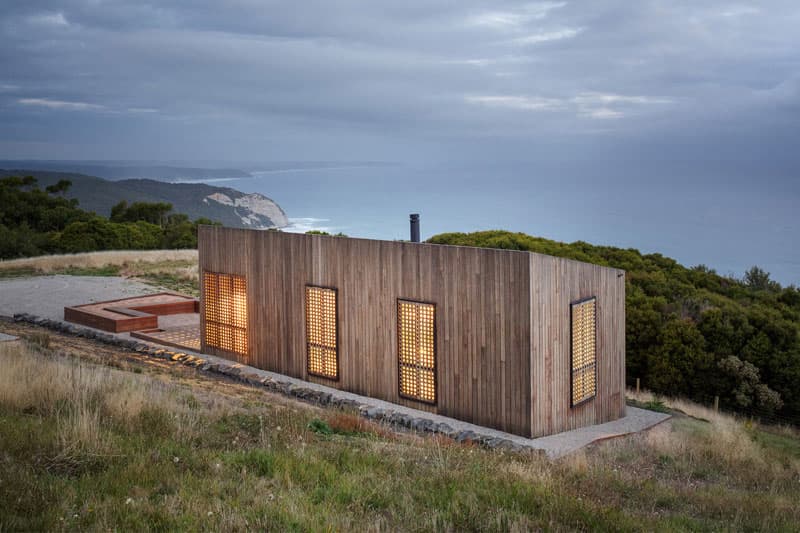
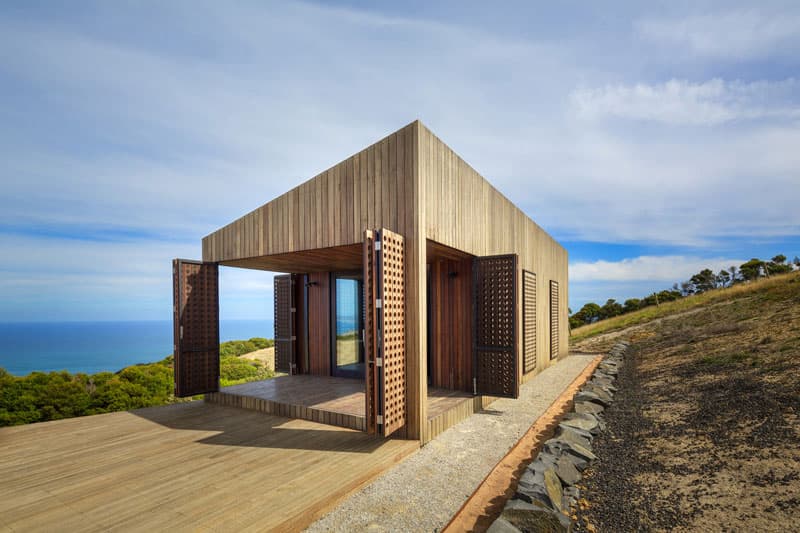
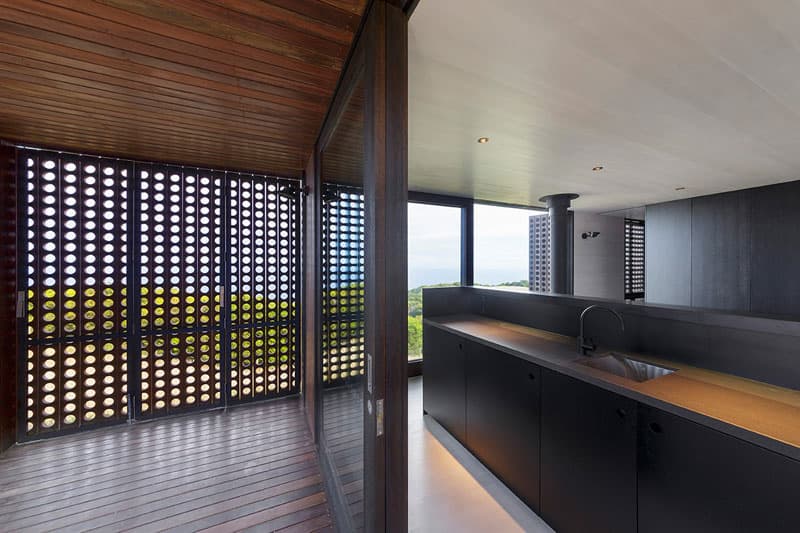
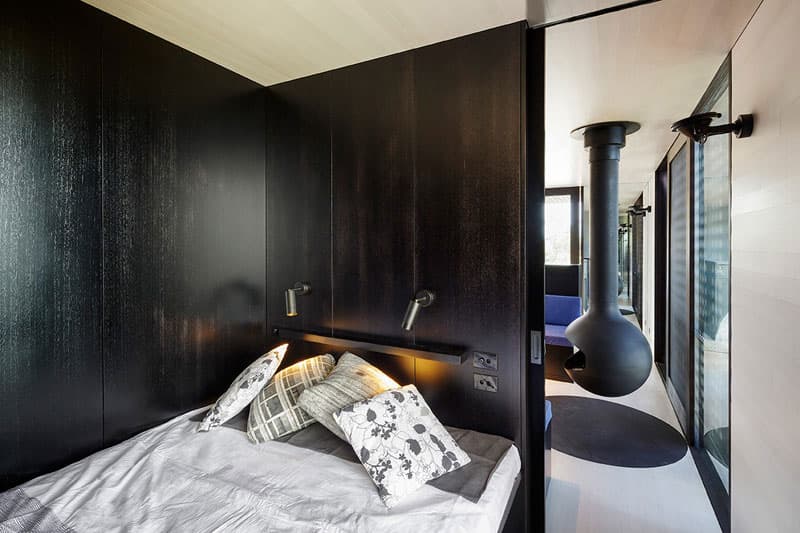
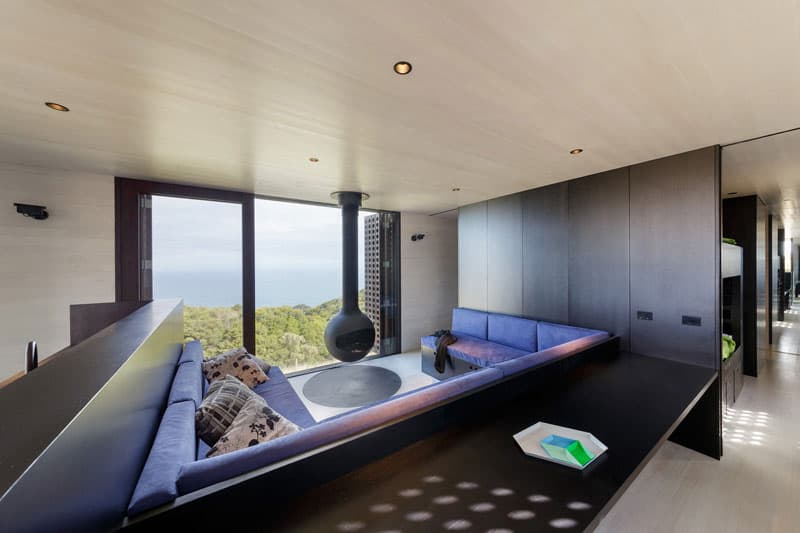
Jackson Clements Burrows Architects built a small shelter overlooking the coast of Victoria, Australia. Envisioned as a place to get away, the structure allows inhabitants to engage with its natural surroundings. Sized at only 60 square meters, the small footprint aims to explore how small is too small, questioning what is really necessary in a living space. Completely surrounded by a spotted-gum rain screen, the cabin is protected while the timber is still free to move naturally in the climatic conditions. Additionally, the space is grid connected and sustainably harvests rainwater.












